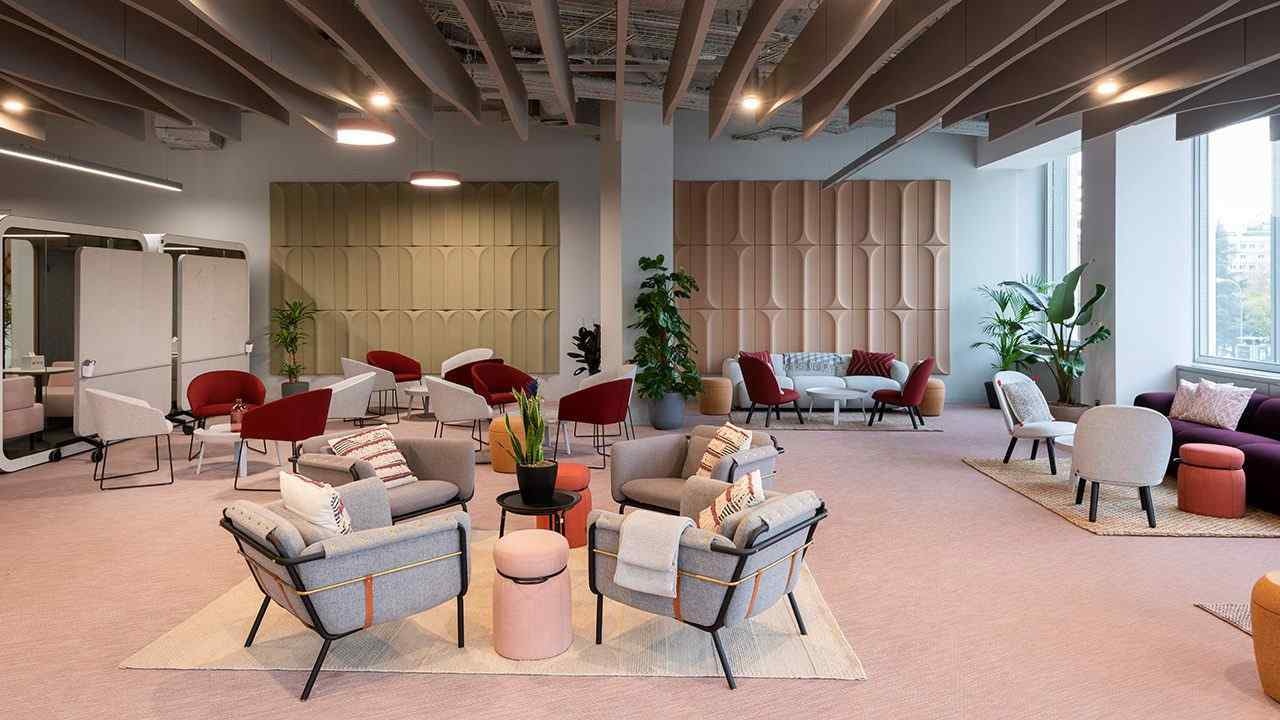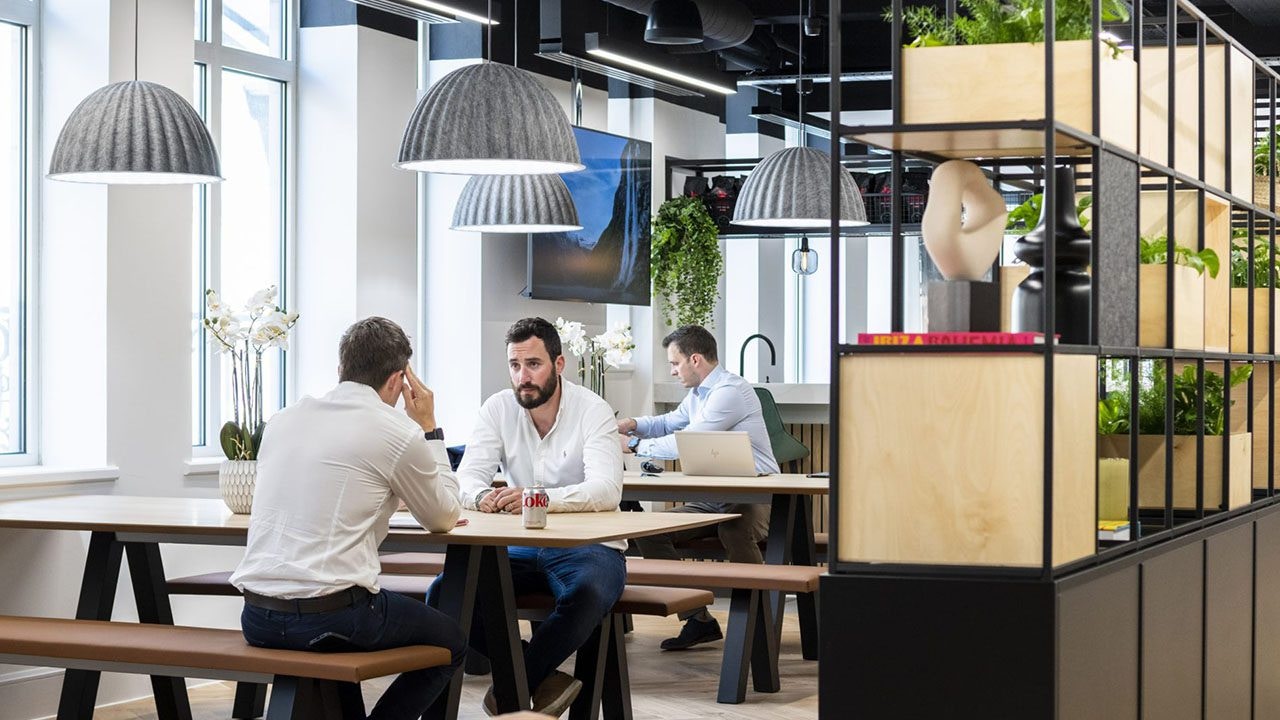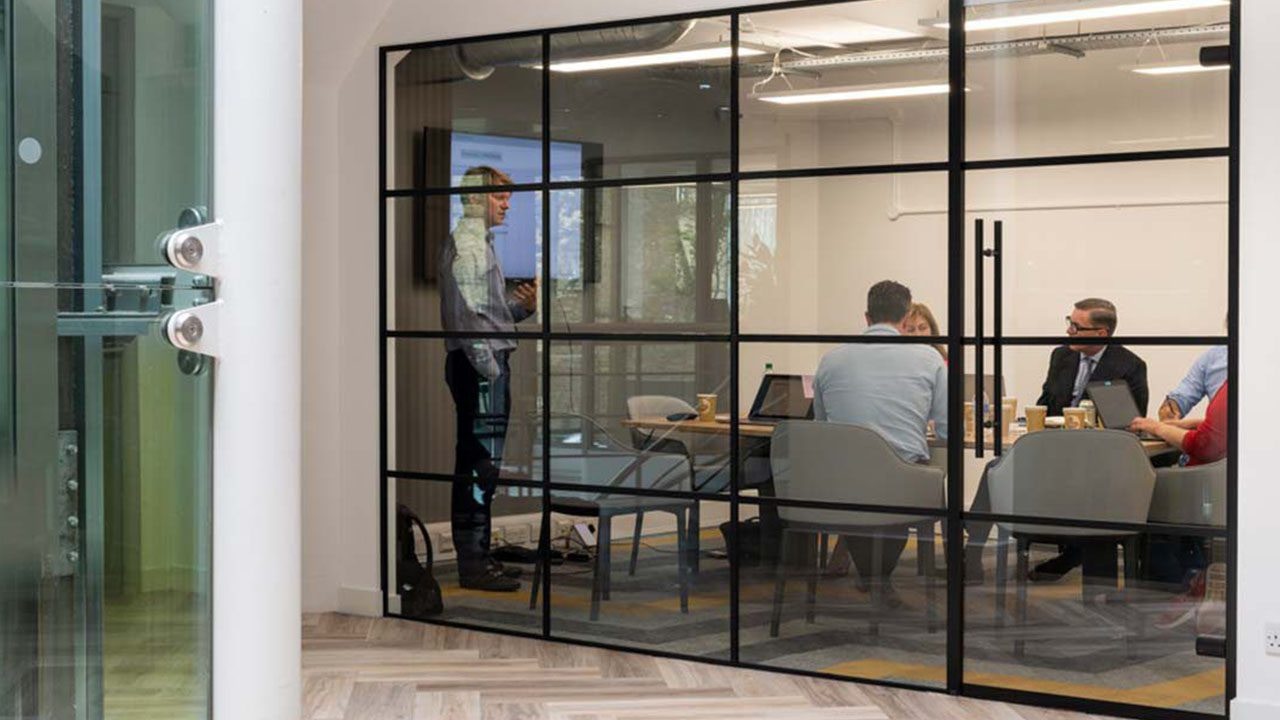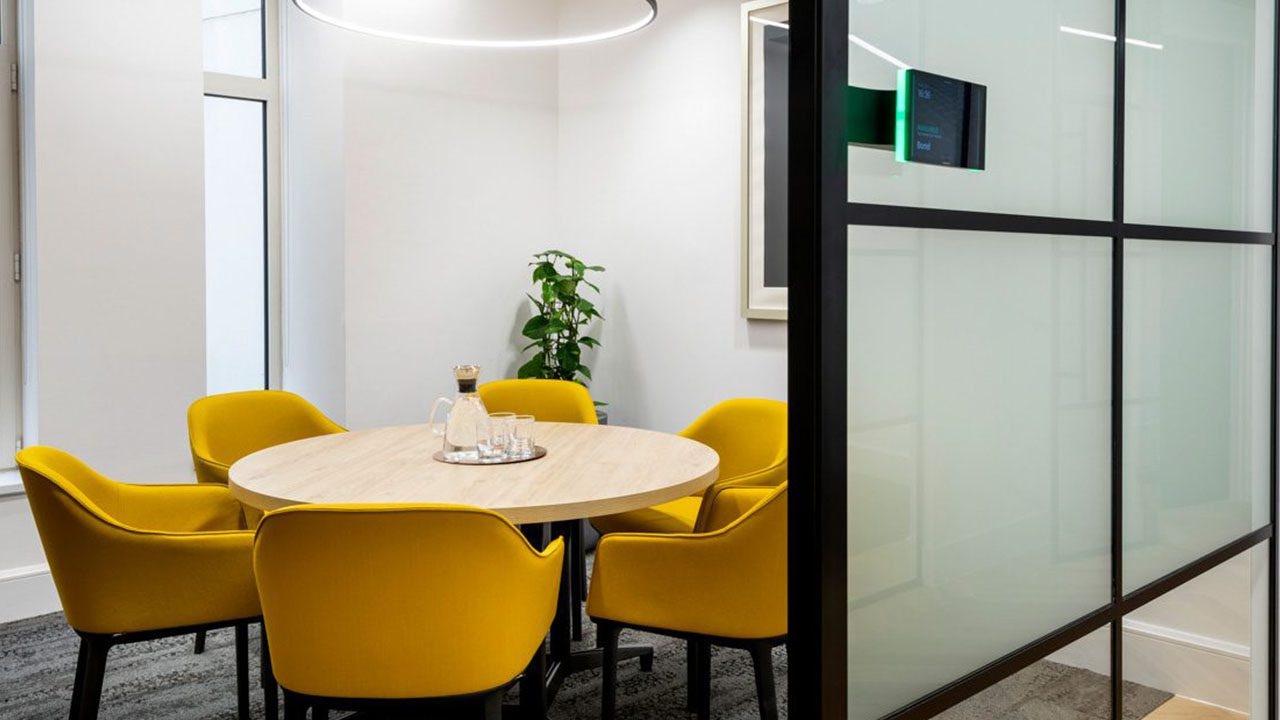What is Collaborative Working?
Collaborative working (also known as joint working or partnership working) is a style of work that encourages participation within and between team members, enabling the sharing of ideas, knowledge and skills. This style of working enables employees to achieve more than they would if they were working alone. However, creating a successful collaborative workspace is not easy. It requires careful and deliberate considerations from an experienced office design team. From thoughts about company culture and the integration of remote workers to the zoning of the office to allow for a balance of personal space and social interaction, office design helps to achieve the optimal use of space.
Collaboration by Design
Designing collaborative workspaces through careful consideration of factors as such as office layout is an essential element of the modern office environment. Where office spaces used to be very much “one size fits all” with open plan spaces, small and large meeting rooms, and breakout areas, what’s changed is that companies have put a lot of focus on creating different ways of working. For instance, some people like to sit quietly on their own, while others like to group together and chat. This has resulted in collaborative zones and workspaces designed to create an office environment that has something for everyone; for all sorts of personalities to collaborate in different ways. Examples include benches for one-on-one and group chats, break-out and team huddle areas, and acoustic booths and pods for private conversions and focused work.
In fact, it’s not just employees that benefit from collaborative spaces, clients do too. Collaboration often requires private spaces for video conferencing, where conversations are shared by a group of employees and externals but are ideally not overheard by the wider office. In other instances, there may be multiple Zoom and Teams meetings occurring simultaneously which becomes problematic in an open-plan office. Office design and space planning can help to understand office mechanics and find solutions to the communication and collaboration scenarios that occur day-to-day within an office space.
Collaboration by design means designing collaborative spaces deliberately to encourage teamwork, communication, and innovation. These spaces can be used for a variety of purposes such as brainstorming sessions, team meetings, and project planning. The design of collaborative workspaces should be functional, and flexible, and promote interaction and innovative ideas among team members. This article covers various elements that should be considered when designing collaborative workspaces and how to create spaces that foster collaboration and productivity. It also highlights examples of successful collaborative spaces and the design principles that make them effective. Whether you are designing a new workspace or looking to renovate an existing one, this article will provide valuable insights and inspiration.




